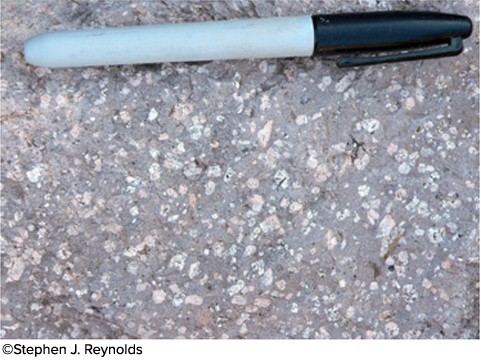How is the absolute age of rock determined?
What will be an ideal response?
Answer: Radioactive-dating methods provide absolute ages of minerals. Naturally occurring radioactive parent isotopes decay to stable daughter isotopes at known measured rates. Measurement of parent and daughter isotope abundances permits calculation of rock age. Absolute ages are determined for the geologic time scale by combining radioactive-dating and relative-dating methods. Fossils present in sedimentary rocks define the time-scale boundaries. Timescale boundary ages are estimated from absolute ages of nearby igneous rocks whose relative age relationships to fossiliferous sedimentary layers are known. The oldest rock measured thus far on Earth is 4.03 billion years old, and the oldest mineral is 4.4 billion years old. Even older rocks are found on the Moon and among meteorites that have landed on Earth. The current estimated of Earth's age is 4.50 ± 0.06 billion years.
You might also like to view...
What does the texture of this rock indicate about its cooling history? The magma cooled
A. for a while at some depth and then rose to the surface where it finished solidifying. B. slowly in the presence of water. C. entirely at the surface. D. slowly under relatively deep conditions.
All of China's major manufacturing regions are in the ________ half of the country
A) northern B) southern C) eastern D) western
If the barometer indicated 1020 millibars, air pressure would be considered high
Indicate whether the statement is true or false
The largest portion of fresh water today is located in
A) swamps. B) groundwater resources. C) the major rivers and lakes of the world. D) clouds. E) ice sheets and glaciers.